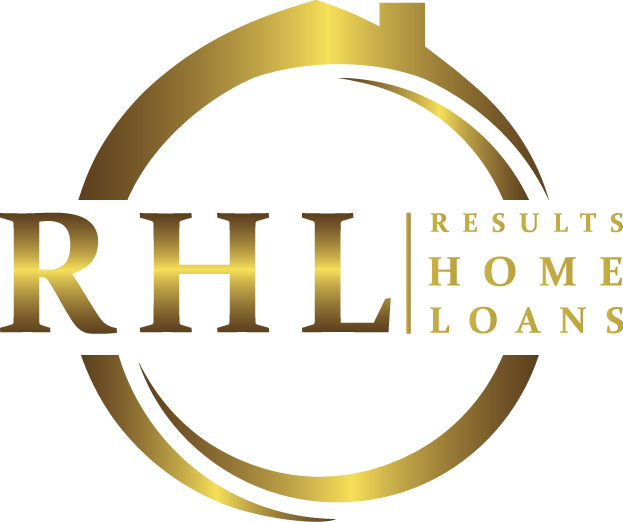Property through SMSF and what to buy
According to the most recent taxation office SMSF statistics, the largest asset allocation within self-managed superannuation funds (SMSFs) by far is listed shares at approximately 32% of the whole. This is followed by cash and term deposits at 27%.
The combined value of residential and non-residential real property runs third though, at approximately 15% of the total. Investing in property through a SMSF is a strategy that sparks interest in many investors.
Nevertheless, investing in property within superannuation is not as straightforward as investing outside the superannuation environment. Here is a quick and very broad rundown of what you can and can’t do.
What you can buy:
You can buy both residential and commercial property through your SMSF – provided you can justify the investment as being designed to protect and increase your members’ benefits for retirement. As such any property investment should have an income stream and realistic prospects for capital growth.
A potential benefit for business owners is the ability to purchase a commercial property to lease back to your own business. You must pay a commercial rate of rent, but this can be a great strategy to both build your wealth and maximise your superannuation contributions.
What you must justify:
When it comes to making any form of investment through a SMSF, the Australian taxation office (ATO) provides the following guidance:
- Investments must be purchased on an ‘arm’s length’ basis and must be maintained on a strict commercial basis.
- The investment must meet the sole purpose test of providing retirement benefits to fund members.
In terms of property, this means that the purchase and sale price – as well as the rental income – must reflect a true market rate of return. It also means that you usually cannot buy the property from – or sell the property to – someone associated with any of the Fund’s members.
It also means that neither you nor anyone associated with you can receive any personal benefit of holding the asset. The ATO advises that one of the most common breaches of the sole purpose test is in assets that provide a pre-retirement benefit to a member or associate. Some examples of a breach would be using a SMSF property as a personal holiday house, or renting a SMSF property to a family member.
What you cannot buy:
Your own home. While you can buy a residential investment property through your SMSF, the Fund cannot own your own home. Nor can your fund own a residential property being rented by a family member or other related party – unless the value of that property is less than five percent of the total value of assets within your SMSF.
Overall you cannot buy any form of investment that does not satisfy the sole purpose test of providing retirement benefits to the members.
What you should do:
Seek professional advice! There can be fantastic benefits associated with investing in property through a SMSF – but ensure that you understand what the rules are before you make the leap.
FIND OUT MORE ABOUT BUYING IN YOUR SMSF
